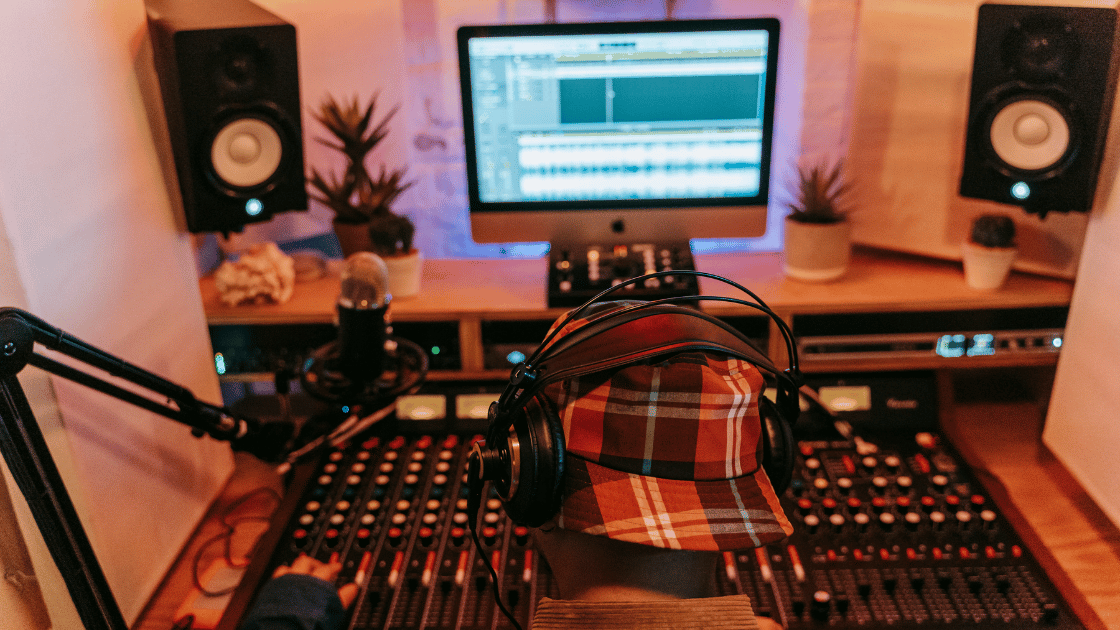House music is one of the most popular genres in electronic music. It is loved for its deep basslines, rhythmic beats, and uplifting energy. From underground clubs to massive festivals, house music keeps people dancing all over the world. But how is house music actually produced? Let’s take a closer look at the process.
The Foundation of House Music
Every great house track begins with rhythm. A steady four-on-the-floor kick drum is the heartbeat of the genre. This beat sets the stage for layers of percussion, hi-hats, and snares. Producers experiment with different drum patterns to give their track a unique groove.
The tempo usually sits between 120 and 130 beats per minute. This speed is perfect for both dancing and relaxing. With the rhythm in place, the producer can build on top of it with basslines, chords, and melodies.
Building the Groove
The bassline is what makes house music feel alive. A rolling, deep bass can drive the energy of a track and give it soul. Producers often use synthesizers or digital bass plugins to create warm and punchy sounds.
On top of the bass, chords and stabs add emotion. A simple piano chord progression or a funky synth riff can completely change the mood of the song. These small touches help a track stand out.
Percussion layers also play an important role. Shakers, claps, and snares are carefully placed to add rhythm and depth. Each sound is chosen and arranged with precision.
Adding Melody and Atmosphere
Melody gives house music its heart. Some tracks rely on short vocal samples, while others use catchy lead synths. Atmospheric pads and effects also help create a feeling of space and energy.
A producer may add reverb, delay, or filters to bring the track to life. These effects can make a song feel bigger, deeper, or more emotional. It is not just about the notes, but also about how they are processed.
The Role of Technology
Modern house music production heavily relies on software. Digital Audio Workstations (DAWs) like Ableton Live, FL Studio, or Logic Pro are the main tools. They allow producers to arrange, mix, and master their tracks.
Virtual instruments and plugins expand the creative options. From analog emulations to futuristic synths, technology gives endless possibilities. Many producers also use MIDI controllers, drum machines, or hardware synthesizers for a more hands-on experience.
Mixing and Mastering the Track
Once all the elements are created, mixing becomes the focus. Mixing is the process of balancing sounds. The kick drum must be clear. The bassline must be strong but not overwhelming. Vocals and melodies should sit perfectly in the mix.
Mastering comes after mixing. This step polishes the final track and prepares it for release. It ensures the song sounds good on different speakers, headphones, and club systems. A well-mastered house track has power and clarity.
Creative Identity in House Music
Every producer brings their own style. Some prefer deep house with smooth and soulful vibes. Others create progressive house with uplifting melodies and long builds. Then there’s tech house with minimal sounds and hypnotic grooves.
An Idaho Progressive House Music Producer may focus on layering melodies and driving basslines to capture both emotion and energy. Their style might reflect the scenic landscapes and calm yet powerful energy of their environment. This individuality is what makes house music production so exciting. No two producers sound exactly the same.
The Rise of Independent Producers
Today, more producers are creating house music from their bedrooms. With affordable software and online tutorials, almost anyone can start. Independent artists upload their tracks to platforms like SoundCloud, Spotify, and Beatport.
Social media also helps new producers reach global audiences. Many build careers without record labels. This shift has opened the door for fresh talent and new sounds.
Challenges in House Music Production
House music production is fun but not always easy. Creativity can be unpredictable. Sometimes ideas flow, other times they don’t. Technical skills also take time to develop. Understanding mixing, mastering, and sound design requires patience.
Another challenge is standing out. With so many tracks released daily, producers must find ways to be unique. Developing a signature sound is key.
The Future of House Music
House music is constantly evolving. New subgenres keep appearing. Technology continues to push boundaries. Virtual reality concerts, AI-generated sounds, and immersive audio formats could change how house music is experienced.
Yet at its core, house music will always be about rhythm, groove, and connection. As long as people love to dance, producers will keep creating tracks that move both the body and the soul.
Keep an eye for more latest news & updates on Touch Cric!

